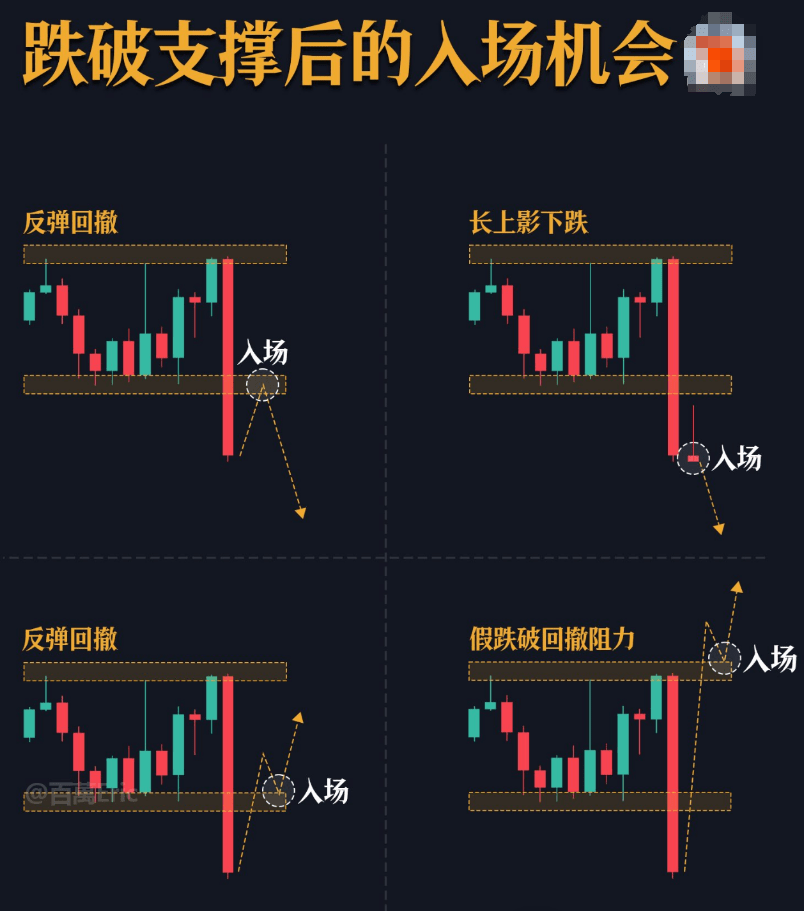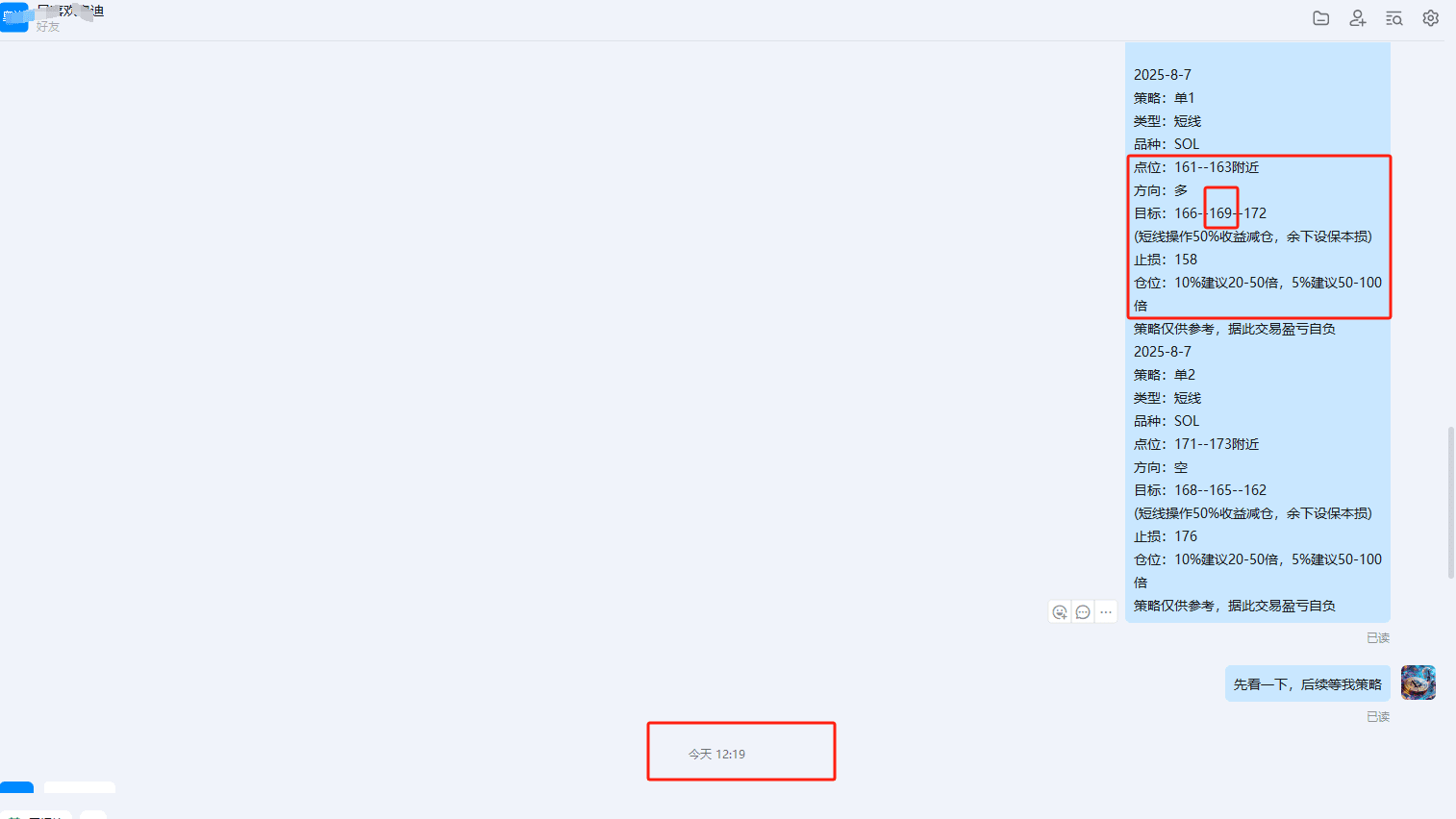Accepting the norms of trading is the path to stable profitability.
Many people always think that stable profits rely on a few miraculous trades, but in reality, true stable profit does not depend on which trade earns more, but rather on the lack of major drawdowns over the long term, the steady rise of the capital curve, and occasionally catching a few strong trades to ride the big trend, which is already quite good.
1. In trading, there are many situations that 'seem unfavorable', but in fact, they are the norm in the market.
For example:
1. The market completes the movement right after the signal, just a wave of small momentum, only a small trend ended;
2. After the stop-loss is hit, the market continues in the original direction;
3. After waiting a long time to finally enter the market, I only made a small profit or even no profit;
4. As soon as I closed the position, it took off; I sold too early.
In my early years, I was just like many trading novices, always hoping that every trade could soar, always fantasizing about catching big trends, always placing orders based on 'takeoff expectations'. And I had no concept of expected profits or awareness of controlling drawdowns. At that time, no matter what method I used, I was just spinning in circles.
It wasn't until I looked back at a lot of historical market data that I understood—true big trends are actually a rare minority that occasionally occurs, while those 'frustrating situations' are instead the daily main theme of the market.
If you do not accept these norms in your heart, you will repeatedly fall into impulsive trading and incur losses.
From the moment I truly accepted these 'norms', my trading began to become simple and effective.
Because I finally understand a core principle: no one can know how the next K-line will move.
So in my trading system, only three things remained:
Entry signal;
Clear expected profit;
Strict drawdown control.
Everything else is left to the market to decide. How much I earn is not decided by me; it is given by the market. If I can take it, I take it; if not, I leave at breakeven.
Now, for each trade, I have a 'roughly' profit target. When it reaches that target, I lock it in, set a trailing stop, or protect at breakeven. Because I came to the market to make money, not to show off my trading skills or test my courage. Locking in profits is always better than being pushed back into a loss.
2. Why use 'roughly' to define expectations?
Because in the past, I also went through that phase of being fixated on a certain point, insisting on waiting for the 'perfect exit'. What was the result? Not exiting when I should have led to floating profits turning into floating losses, and missing out was just a waste of effort.
So now I prefer to be conservative, taking profits when they are almost there. As a result, in 10 profitable trades, I leave with a break-even or slight gain in 7 to 8 of them; but those remaining 1 to 2 trades, as long as they can catch the subsequent wave, are enough to pull up the entire capital curve.
As for defense, I am very rigorous. This is the only place where I can actively control drawdowns, so I must calculate position size, stop-loss, and capital usage rate in advance; I cannot be vague.
3. For me, this is the trading style that suits me best.
There are countless ways to profit in the market; the most important thing is not to find the 'strongest' one, but to find a system that suits you, can be executed long-term, and can continue to be profitable—that is your 'optimal solution'.
4. Daily knowledge: how to enter a trade after breaking support?
Most people see support breaking and immediately go short.
But the trend that can really continue is never about the 'breakdown' itself; rather, it is about whether the market can accept this breakdown afterwards, or even redefine it as a new structural benchmark.
The 'second move' after a structural break is the real trading signal.

The image shows four classic structural variants, each representing different market intentions in their subsequent movements:
Category One: Weak rebound after breaking, unable to return to support.
This is the most standard trend-following bearish pattern. Market sentiment is completely bearish, and the rebound is weak, making it a good time to short with the trend.
Category Two: A rebound followed by a long upper shadow K-line, then a pullback.
This indicates that the selling pressure above remains, although it is entering later than Category One, but the signal confirmation is stronger, suitable for waiting for 'confirmation' and then shorting with the trend.
Category Three: A rebound returns to the original support and stabilizes.
This is a 'pullback confirmation' type of rebound structure. Buyers have a clear intention to counterattack, suitable for betting on reversals or building bottom patterns.
Category Four: False break + engulfing, re-establishing support and breaking through the previous high.
This is a strong bullish pattern. On the surface, it broke down, but in reality, it washed out positions, re-established support, and completed a pressure engulfing, which is an important signal for bullish strength.
So remember this: a break is not a signal, the action after the break is key.
Structure, either continues with the trend or rebounds quickly, and the real opportunity often lies in this 'second move'.
What I bring is rhythm, not luck; what I teach is method, not guessing the rise and fall.
Want to flip the account, want to recover losses, want to get out of the pit.

So don’t mess with it yourself, just pay attention.@钱包守护者 Refine the trading system, from order placement techniques to trend analysis, opportunities lie in the details. Use technology as a foundation.
